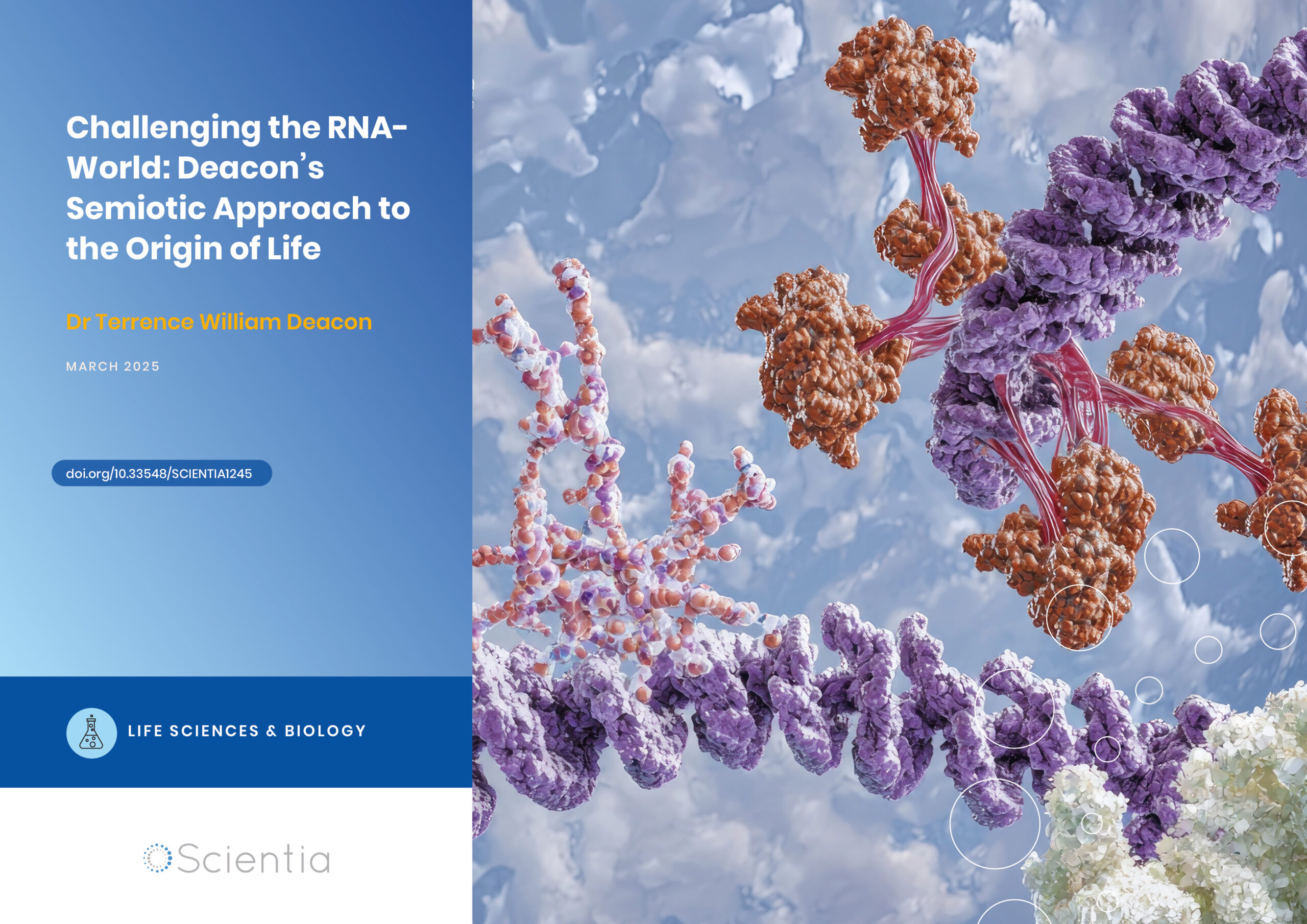Worldwide Cancer Research
 Cancer presents a global challenge. With over 17 million new cases of cancer worldwide in 2018 and 9.6 million deaths in the same year, better approaches to the prevention, diagnosis and treatment of cancer are urgently required.
Cancer presents a global challenge. With over 17 million new cases of cancer worldwide in 2018 and 9.6 million deaths in the same year, better approaches to the prevention, diagnosis and treatment of cancer are urgently required.
Founded in 1979, Worldwide Cancer Research is a UK-based charity dedicated to meeting these needs by starting new cancer cures worldwide. In this exclusive interview, we speak again with Worldwide Cancer Research’s Chief Executive, Dr Helen Rippon, to hear about their recent efforts and plans for the future.
We last spoke in early 2019. A lot has happened over the past two years! What are the current priorities and focus for Worldwide Cancer Research?
2019 marked our 40-year anniversary and because it was such a significant milestone for us, we wanted to take the opportunity to reflect on what we have achieved since we were founded in 1979, reaffirm our mission as a charity and really focus on our vision for the future.
As a result, we went through a lot of changes as an organisation – we relocated from our original home in St Andrews to Edinburgh, recruited new team members and rebranded to reach new supporters and better represent Worldwide Cancer Research today.
But despite all the changes, our core mission and values have remained the same. We are still the only charity in the UK dedicated to starting new cancer cures by funding discovery research all over the world.
We are still confident in the power of people and the human mind. We know that we can make a real impact when we come together with a single goal in mind – to end cancer.
Each year our panel of scientific experts from around the world come together at our Big Ideas Gathering to decide which new cancer research projects to fund. And each year we receive an incredible number of applications but we are currently only able to offer funding to around 20% of the applications that could lead to new cures in the future.
That’s why our one big priority is to be able to fund more lifesaving cancer research. Specifically, we want to be able to fund £20million of research annually by 2030. Currently, we fund an average of £4million a year, so there’s a lot of work for us to do. And we can’t do it alone – we need many more people to join us and become Curestarters.

What do you mean exactly when you talk about becoming a Curestarter?
We know that the research journey is a long one and that it can take up to 20 years for an idea to lead to new treatments. But we also know that there can’t be an end to cancer if we don’t start at the beginning.
And we couldn’t start any new cancer cures without our amazing supporters. We don’t receive any government funding, so we’re entirely reliant on the kindness and generosity of the people who raise much-needed awareness and money for us – whether that’s by setting up a Direct Debit, playing our Weekly Lottery, fundraising with family and friends or any number of other options – they are all Curestarters.
It is often asked ‘why isn’t there a cure for cancer yet?’. What is your response to that?
Cancer is complex and the more we learn about it, the more it becomes clear that there won’t ever be a ‘magic bullet’. To understand why, the most important thing to know is that cancer is not one disease. Instead, it’s an umbrella term for more than 200 distinct diseases. Each broad cancer type also has many subtypes, and they all look and behave differently because they are different on a genetic and molecular level. This is because cancer arises from our own cells, so each cancer can be as different and diverse as people are. And that means that there isn’t ever going to be a one-shot cure-all for cancer.
But that doesn’t mean that there hasn’t been incredible progress made. Thanks to research like the projects funded by Worldwide Cancer Research, UK survival rates for cancer have doubled since the 1970s.
Some cancers, such as leukaemia and testicular cancer, have made particularly impressive jumps. In the 1970s only about 5% of people survived their leukaemia diagnosis for ten years or longer, now almost 50% do. The ten-year survival rate for testicular cancer is now at 91% – an amazing improvement.
But there is still a long way to go. There are still cancers that have seen hardly any improvement in survival rates over the years, including lung, pancreatic and oesophageal cancer.
Because of research, we now know more than ever before about the fundamental biology of cancer. It is this knowledge that is beginning to inform the design and development of brand-new treatments that seek to target the individuality of cancer. Progress so far has been fantastic, and we must push on in order to find ways to close the gap in survival rates for different cancers.

How do you ensure you fund only the most innovative and promising research into cancer around the world?
Since we last spoke, we have refined our Research Strategy to help guide our Scientific Advisory Committee in their decision on what to fund at our annual Big Ideas Gathering. Because we are restricted in how many projects we are currently able to fund, we want to make sure we are picking the best ideas of the bunch. Our remit hasn’t changed – to fund the best discovery research into new ways to prevent, diagnose and treat cancer – but we have made it clearer that we are looking for truly innovative and creative ideas that have the potential to transform our understanding of cancer.
This year, our process starts in February, when our annual grant round opens, and we invite applications from scientists all over the world. Once these are in, our Scientific Advisory Committee gets to work, selecting the applications that meet the criteria of our Research Strategy. These projects are then sent out for peer review by external experts in cancer research before the final decision is made by the Scientific Advisory Committee at our annual Big Ideas Gathering held in October.
What would you say is Worldwide Cancer Research’s biggest achievement to date?
We’ve been funding research for over 40 years so there are many success stories that we know of. The interesting thing is that because we fund truly new ideas, those right at the start of the research journey, it can take years or even decades before we know that breakthroughs made on a project are having a positive impact on the lives of people with cancer.
Out of all of them, I’d say our biggest achievement to date has been our involvement in starting the development of the cancer drug called olaparib – the first-in-class PARP inhibitor. The foundations came from a set of projects we funded with Professor Steve Jackson in Cambridge back in the 1990s and Professor Jackson then took his findings from those projects and went on to develop olaparib.
To this day, olaparib has been used to treat 30,000 people worldwide with certain ovarian, breast, pancreatic and prostate cancers. And research is still ongoing, with the drug now being tested in clinical trials for many different types of cancer.

What are the biggest challenges now facing cancer research and how will Worldwide Cancer Research overcome them?
Peering into a crystal ball when it comes to scientific advances is never easy. The exploratory nature of research means you can never really guess where the next big step is coming from and so it is probably best to resist making any grand predictions! I would guess that the trend towards personalised medicine will continue to gradually figure out which cancer patients will benefit most from which cancer drugs. And that immunotherapy – drugs and cell therapies that harness the power of the body’s own immune system to attack cancer – will become a mainstay of treatment for more and more types of cancer.
But those guesses are based on things we already know. Science already done. Worldwide Cancer Research exists to discover the new things, to start new trends and new lines of research that we probably couldn’t even guess at yet. History tells us that new ways to prevent, diagnose and treat cancer are rooted in fundamental discoveries made in the lab – often from scientists exploring how cancer works at its most basic level. That’s why it’s so important that we continue to fund these innovative new ideas. You really don’t know where they could lead in the future – and how many lives they could save.

Reference
https://doi.org/10.33548/SCIENTIA650
Want to republish our articles?
We encourage all formats of sharing and republishing of our articles. Whether you want to host on your website, publication or blog, we welcome this. Find out more
Creative Commons Licence
(CC BY 4.0)
This work is licensed under a Creative Commons Attribution 4.0 International License. 
What does this mean?
Share: You can copy and redistribute the material in any medium or format
Adapt: You can change, and build upon the material for any purpose, even commercially.
Credit: You must give appropriate credit, provide a link to the license, and indicate if changes were made.
More articles you may like
Professor Edward Smith | Soaring to New Heights: Investigating the Aeroelastic Stability of Composite Aircraft Wings
Combining the best aspects of helicopters and fixed-wing aircraft into a single vehicle has been a long-held ambition in the aerospace industry. From Leonardo da Vinci’s early drawings of an ‘aerial screw’ to the V-22 Osprey tiltrotor aircraft used by the U.S. military today, engineers have grappled with the challenge of creating aircraft capable of both vertical take-off and landing (VTOL) and high-speed forward flight. While helicopters offer unparalleled VTOL performance, their top speeds are limited to around 300 km/h. Fixed-wing aircraft offer greater speed but require long runways for take-off and landing. Reconciling these conflicting design requirements is a major challenge.
Enabling Systems Engineering in an Unsupportive Environment
In an ideal world, systems engineers would work in organisations that fully embrace and support best practices in their field. However, the reality is often quite different, with many engineers finding themselves in environments that are unsupportive or even hostile to effective systems engineering practices. Eileen Arnold and Dorothy McKinney, two experienced systems engineers, have devoted their careers to helping fellow engineers navigate these challenging situations and make a positive impact despite organisational obstacles. Their insights and strategies provide a roadmap for success in even the most difficult circumstances.
Dr Wilber Sabiiti | Battling Tuberculosis whilst Maintaining the Respiratory Microbiome
In the world of respiratory health, treating tuberculosis infections is an ongoing challenge. Dr Wilber Sabiiti from the University of St Andrews in the UK, delves into the impact of various tuberculosis treatments on the intricate community of microorganisms residing in the respiratory tract. He explores the impact of seven different treatment regimens and their effects on the microbiome, which is crucial for maintaining respiratory health and well-being.
Dr Terrence Deacon | Challenging the RNA-World: Deacon’s Semiotic Approach to the Origin of Life
Challenging the established RNA-World Model, Dr Terrence Deacon of the University of California, Berkeley, provides an exciting new approach to understanding biological processes and the emergence of information in biological systems.




